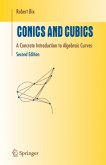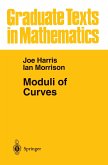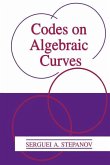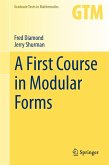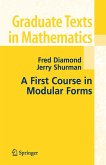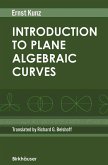Conics and Cubics is an accessible introduction to algebraic curves. Its focus on curves of degree at most three keeps results tangible and proofs transparent. Theorems follow naturally from high school algebra and two key ideas, homogeneous coordinates and intersection multiplicities.
By classifying irreducible cubics over the real numbers and proving that their points form Abelian groups, the book gives readers easy access to the study of elliptic curves. It includes a simple proof of Bezout's Theorem on the number of intersections of two curves.
The book is a text for a one-semester course. The course can serve either as the one undergraduate geometry course taken by mathematics majors in general or as a sequel to college geometry for prospective or current teachers of secondary school mathematics. The only prerequisite is first-year calculus.
The new edition additionally discusses the use of power series to parametrize curves and analyze intersection multiplicities and envelopes.
By classifying irreducible cubics over the real numbers and proving that their points form Abelian groups, the book gives readers easy access to the study of elliptic curves. It includes a simple proof of Bezout's Theorem on the number of intersections of two curves.
The book is a text for a one-semester course. The course can serve either as the one undergraduate geometry course taken by mathematics majors in general or as a sequel to college geometry for prospective or current teachers of secondary school mathematics. The only prerequisite is first-year calculus.
The new edition additionally discusses the use of power series to parametrize curves and analyze intersection multiplicities and envelopes.
"...This book therefore belongs to the admirable tradition of laying the foundations of a difficult and potentially abstract subject by means of concrete and accessible examples. ... Two major strengths of the book are its historical perspective, in the form of informative introductions to the chapters which give the main developments in non-technical language, and its exercises, which are numerous and interesting." Peter Giblin for MathSciNet From the reviews of the second edition: "Algebraic geometry is a hard subject. ... But could it, or at least some of it, be presented, at the undergraduate level? This book attempts to do that. ... At the beginning of each of the four chapters, the author provides a synopsis of the historical development of the subject. And within each section many exercises are provided for further discussion and illumination. ... And the author manages to keep things concrete. So, the end result is a book which is accessible ... ." (Donald L. Vestal, MathDL - online, October, 2006)


